Do Siberian Cats Shed? What to Expect [Plus Grooming and Coat Care Tips]

You're browsing beautiful Siberian cat photos, completely smitten by those stunning blue eyes and that magnificent fluffy coat. Then reality hits—all that gorgeous fur has to go somewhere, right? Before you fall in love with those piercing eyes and teddy bear appearance, here's what your furniture and favorite black sweater need you to know about living with a Siberian cat.
Do Siberian cats shed? While these majestic cats do shed, knowing their coat patterns and using the right care can help. This can make a big difference between a home full of fur and a clean space with a happy, healthy cat.
This guide gives clear information about Siberian shedding patterns. It also shares effective strategies to manage them. With this knowledge, you can welcome your dream cat with confidence and realistic expectations.
Do Siberian Cats Shed?
Let's address the elephant in the room: Do Siberian cats shed? The honest answer is yes, they do shed. But before you cross them off your list, learn about their shedding patterns. This will show you why many families manage Siberian cats without being overwhelmed by fur.
Shedding Level Classification
Siberian cat shedding ranks as moderate to heavy compared to other cat breeds, typically scoring 6-7 out of 10 on the shedding scale. To put this in perspective, short-haired breeds like Siamese cats rank around 3-4, while Persian cats can reach 8-9. Siberians fall somewhere in the middle-to-upper range, making them more manageable than you might expect from such a fluffy cat.
The seasonal reality creates the biggest surprise for new Siberian owners. Spring and fall bring dramatic shedding explosions as these cats literally blow their coats, but the summer and winter months involve much lighter, more manageable daily shedding that's easily controlled with regular grooming.
Here's the fascinating paradox: despite their significant shedding, many Siberians still work well for people with cat allergies. According to research, Siberian cats produce lower levels of the Fel d1 protein that triggers most cat allergies, even though they shed considerable amounts of fur.
What Makes Siberian Shedding Unique
The Siberian cat shedding level varies dramatically based on their remarkable triple coat structure. These cats possess guard hairs that provide weather protection, awn hairs that offer insulation, and a dense down undercoat that keeps them warm in harsh Russian winters. Each layer sheds on its own schedule, creating the complex shedding patterns that characterize this breed.
Their natural adaptation to extreme climates means their genetics are programmed for dramatic seasonal coat changes. What helped them survive Russian forests now affects your living room, as they instinctively prepare for climate change even in temperature-controlled homes.
Individual variations create another layer of complexity. Some Siberians shed dramatically more than others based on factors like genetics, diet, stress levels, and overall health. Understanding your specific cat's patterns becomes crucial for developing an effective management routine.

Month-by-Month Shedding Calendar: What to Expect
Planning your grooming routine around Siberian shedding patterns makes management significantly easier and more effective.
Spring Explosion (March-May): This is when Siberians shed their heavy winter coats, and the amount of fur can be shocking. Daily brushing becomes essential during this period, and many owners schedule professional grooming sessions to help manage the volume.
Fall Preparation (September-November): As they grow their winter coats, summer fur gets pushed out in impressive quantities. This shedding period often lasts longer than spring but can be less intense day-to-day.
Summer Maintenance (June-August): With their lighter summer coats established, shedding drops to manageable levels. This is the easiest time of year for Siberian ownership and coat maintenance.
Winter Stability (December-February): Their thick winter coats are fully established, leading to minimal shedding. Many owners report this as their favorite time of year for cuddling with their Siberian.
The Real Impact on Your Home and Lifestyle
Understanding the practical implications helps set realistic expectations for potential Siberian owners.
Daily Living Reality
Do Siberian cats shed a lot in terms of daily impact? During peak seasons, expect to find fur on furniture, clothing, and floating in the air. However, outside of peak shedding times, the daily impact is surprisingly manageable with proper grooming routines.
Clothing considerations become important, especially for professional wardrobes. Light-colored clothing shows dark Siberian fur easily, while dark clothing highlights lighter fur colors. Many Siberian owners develop strategic wardrobe habits and invest in quality lint rollers.
Time Investment Requirements
Daily maintenance requires 5-10 minutes of brushing during normal periods, increasing to 15-20 minutes during peak shedding seasons. Weekly deep grooming sessions of 30-45 minutes help prevent matting and reduce loose fur around the house.
Seasonal intensives during spring and fall may require additional time or professional grooming assistance to manage the volume effectively.

Proven Grooming Strategies That Actually Work
Success in managing Siberian shedding comes down to having the right tools and techniques.
The Tools Every Siberian Owner Needs:
-
Slicker brush: For daily surface brushing and removing loose topcoat fur
-
Undercoat rake: Essential for reaching the dense undercoat during shedding seasons
-
Metal comb: For detailed work around face, legs, and checking for mats
-
De-shedding tool: Professional-grade tools like FURminator for intensive sessions
Investment ranges from $40-100 for quality tools. However, the right equipment makes the difference between frustrating grooming sessions and effective fur management.
Strategic professional grooming during peak shedding seasons can dramatically reduce home maintenance. Many Siberian owners schedule appointments in early spring and early fall to help manage the major coat transitions.
Investing in professional grooming can save you time on cleaning at home. It also helps keep your pet's coat healthy all year.
Coat Care Secrets from Top Siberian Breeders
Experienced breeders share insights that make dramatic differences in shedding management.
Nutrition Impact on Shedding
High-quality diet with adequate omega fatty acids significantly reduces excessive shedding while improving coat health. Premium foods designed for long-haired cats often contain the right balance of nutrients to support healthy coat cycles.
Proper hydration also affects coat quality, as dehydrated cats often experience increased shedding and poor coat texture.
Environmental Factors
Indoor air quality plays a larger role than most owners realize:
-
Humidity levels: Optimal humidity (40-50%) reduces static and excessive shedding
-
Air filtration: HEPA filters help manage airborne fur and improve air quality
-
Temperature stability: Consistent temperatures prevent confusion in natural shedding cycles
Your Siberian Shedding Action Plan
Success starts with proper preparation and realistic expectations.
Pre-Adoption Preparation
Home Setup Essentials:
-
Invest in quality grooming tools before bringing your kitten home
-
Install air purification systems if family members have mild allergies
-
Choose furniture and fabrics that work well with cat fur
-
Establish grooming areas with good lighting and comfortable surfaces
Monitoring and Adjusting
The first few months with a new Siberian involve learning their specific shedding patterns and adjusting your routine accordingly. Keep a grooming log to identify your cat's peak shedding times and optimal grooming frequency.
Every Siberian is different, so what works for one cat may need modification for another. Flexibility and patience during the adjustment period lead to long-term success.
Building Your Confidence
Managing Siberian shedding successfully is absolutely achievable with the right approach and realistic expectations. Thousands of families enjoy wonderful relationships with their Siberians while maintaining clean, comfortable homes.
Your dream Siberian is waiting—and yes, the shedding is totally manageable with proper preparation and consistent care routines. The joy and companionship these magnificent cats provide far outweigh the grooming commitment when you're properly prepared.
Ready to welcome a beautiful Siberian into your family? Start your search with reputable breeders who can guide you through the specifics of your future cat's coat care needs and shedding patterns.
Frequently Asked Questions
Do male or female Siberian cats shed more, and does spaying/neutering affect shedding levels?
Generally, there's no significant difference in shedding between male and female Siberians. However, hormonal changes from spaying or neutering can temporarily affect coat texture and shedding patterns for 3-6 months after the procedure. Most cats return to normal shedding patterns once their hormones stabilize.
How does Siberian kitten shedding compare to adult cat shedding patterns?
Siberian kittens shed much less than adults because they haven't yet developed their full triple coat. Most kittens have softer, less dense coats that produce minimal shedding until they're 12-18 months old. The transition to adult coat often comes with increased shedding as the mature coat develops.
Can stress from moving to a new home temporarily increase a Siberian's shedding?
Yes, stress can definitely increase shedding in Siberians. Moving to a new home, changes in routine, or other stressful events often trigger temporary increases in shedding. They can last 2-4 weeks. Maintaining consistent grooming routines and creating calm environments help minimize stress-related shedding.




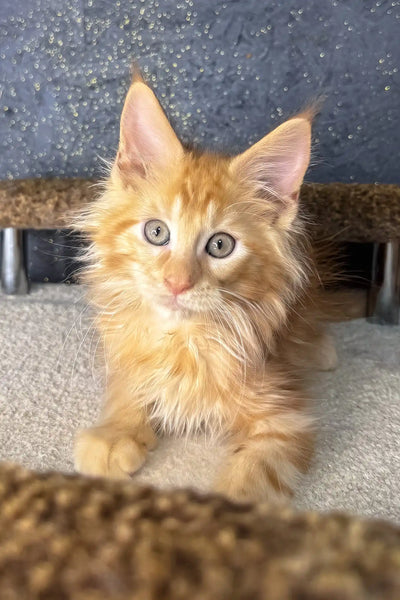
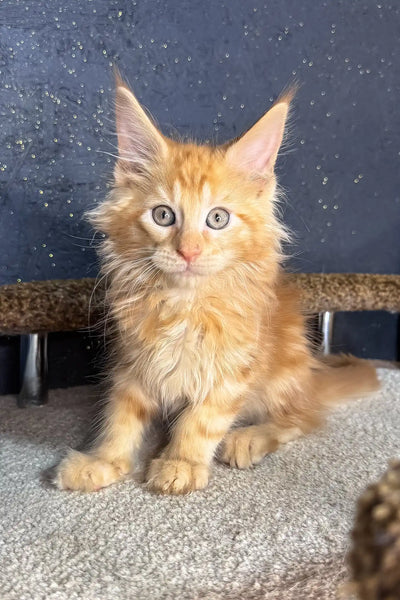
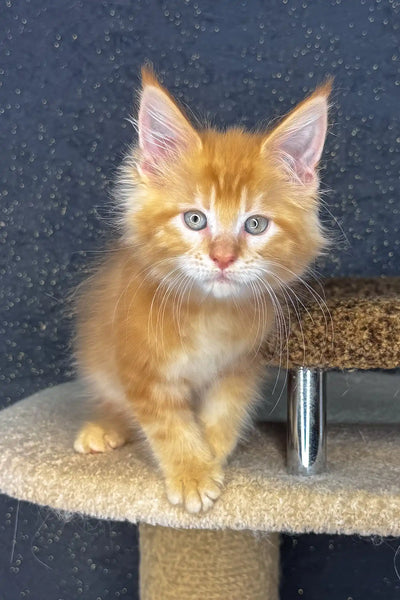
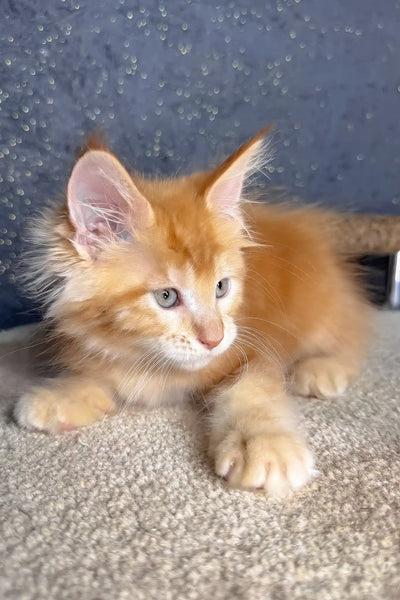
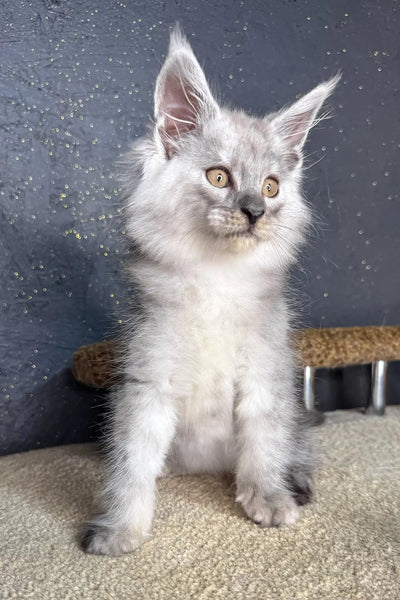
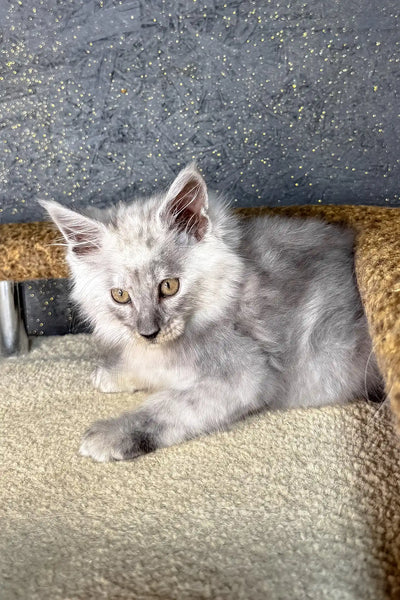
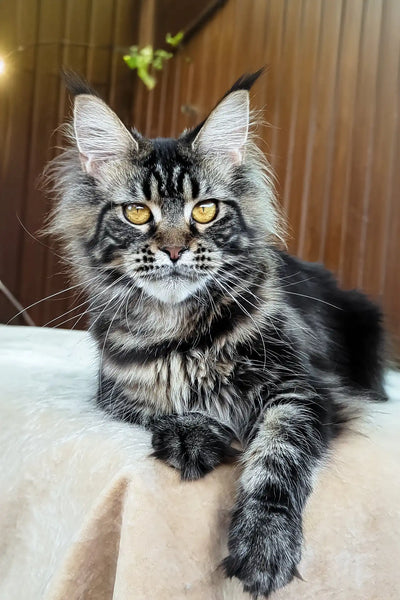
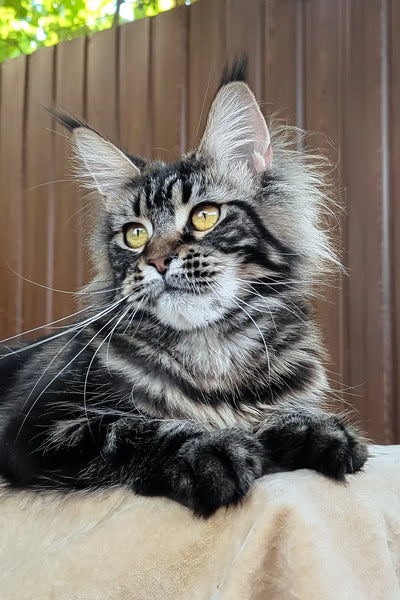
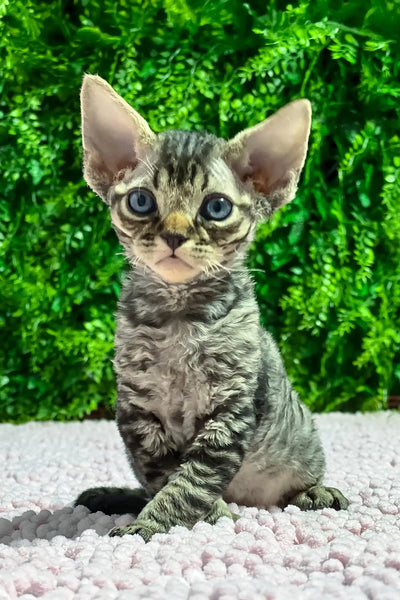
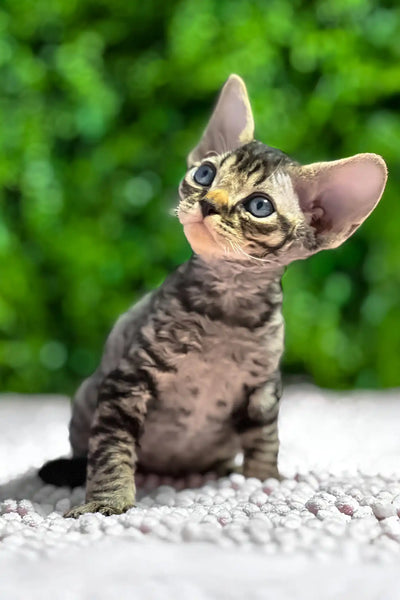
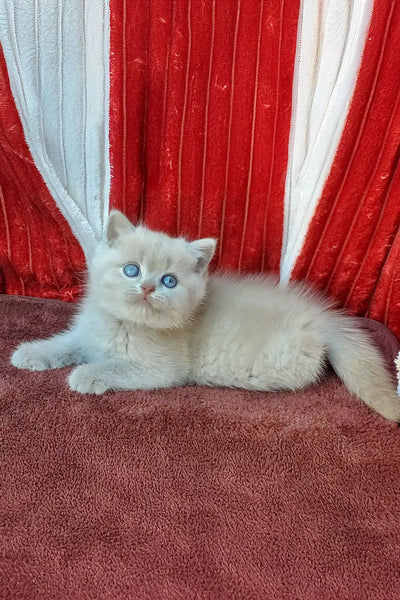
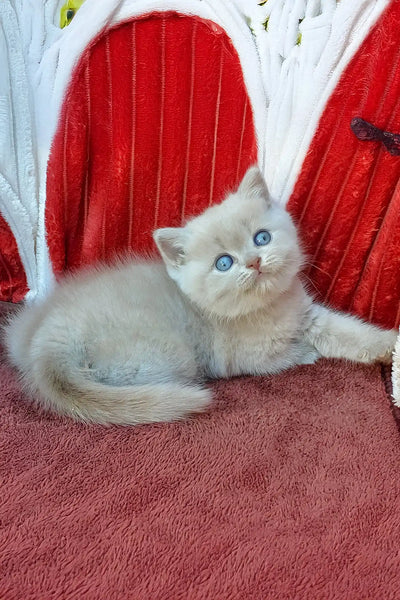
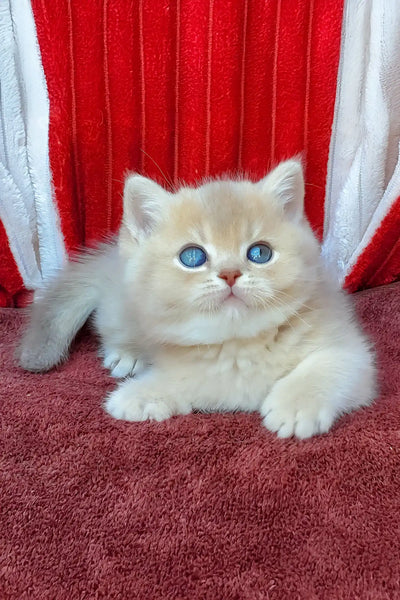
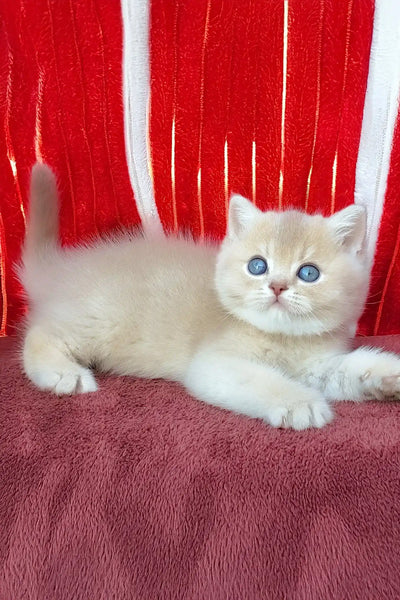
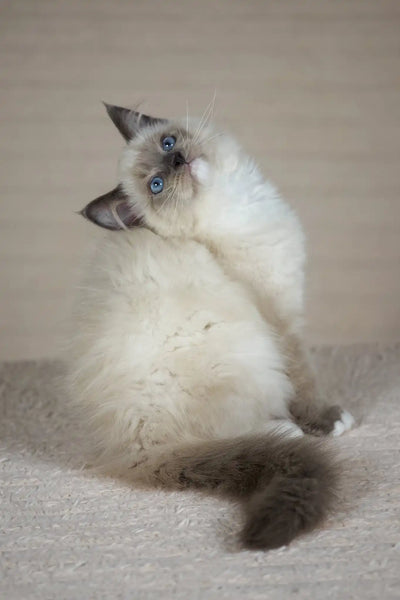
































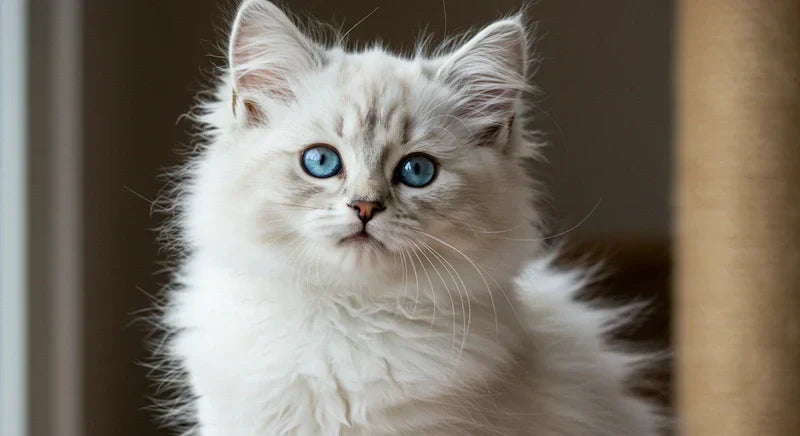
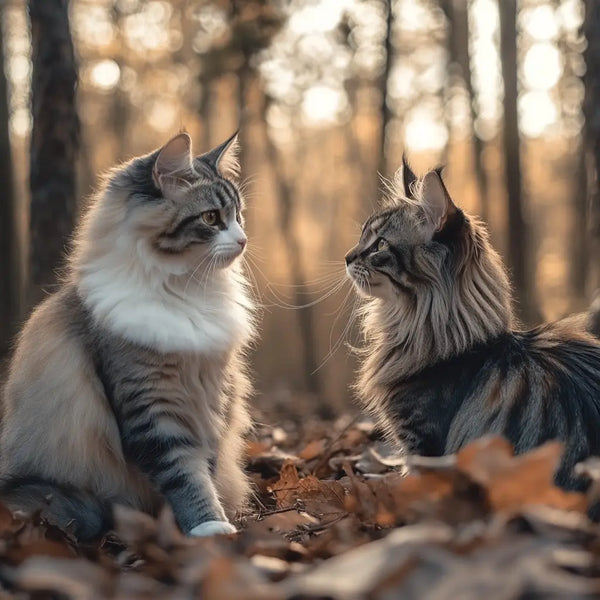






Comments(0)